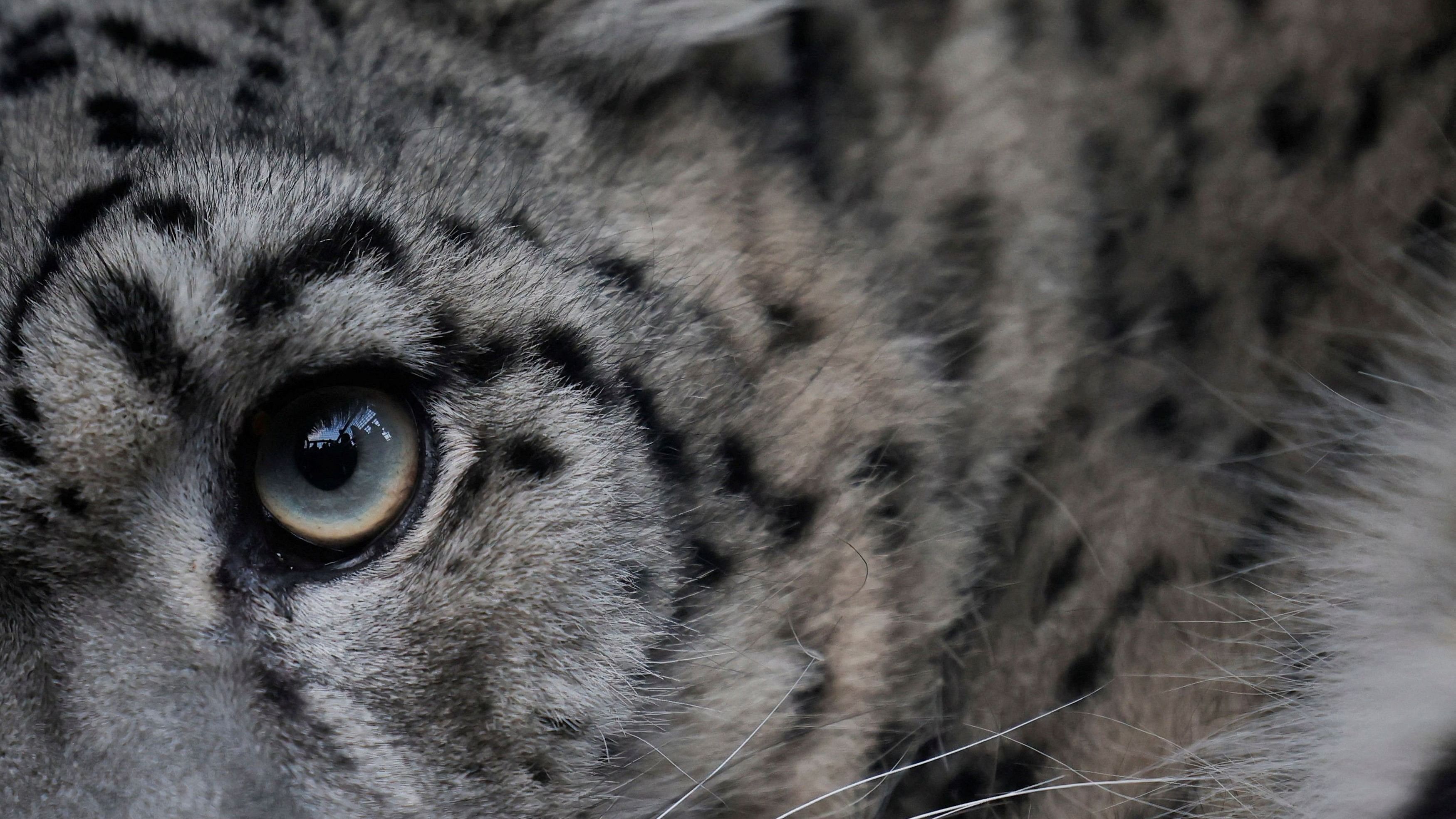
A snow leopard
Credit: Reuters Photo
The Snow Leopard Population Assessment in India (SPAI), which made an estimation of the number of these elusive inhabitants of the higher Himalayas, was an important conservation effort. The survey has put the total population of the animals in the country at 718, with Ladakh having the highest number at 477 and Kashmir the lowest at 9. They are present across the Himalayas up to Arunachal Pradesh. The first-ever count of snow leopards in the country was done by the Wildlife Institute of India (WII) in collaboration with the Nature Conservation Foundation, Mysuru, and WWF India. It was a four-year exercise from 2019 to 2023 and covered most of the snow leopard range in the country. It was a strenuous exercise using camera traps, and covered approximately 120,000 sq km of snow leopard habitat.
Snow leopards are an important indicator species whose existence is a mirror to the health of the Himalayan ecosystem. It is found only in 12 countries around the Himalayan, Central Asian and Siberian regions and the total population is estimated at between 3,020 and 5390 by the Global Snow Leopard and Ecosystem Protection Programme. They live in the steepest and elevated snow-clad regions, are rarely sighted, and are described as phantasmal beauties. They are top predators but are now facing several challenges to their survival. Shrinking range, fall in prey base, fragmentation of population and climate change are issues faced by the animals. Genetic diversity suffers when numbers decline and that, in turn, affects the health of the animals. Climate change, manifesting in rising temperatures, retreating glaciers, shifting tree lines, and the frequency of extreme weather phenomena, presents serious challenges to the snow leopards. They try to move further up the mountains and away from human contact and face more risks.
The SPAI report suggests setting up of a dedicated snow leopard cell at the WII under the Ministry of Environment and Forests which will undertake long-term population monitoring. Monitoring of the entire Himalayan ecology, including its rivers, glaciers and flora and fauna is also essential to ensure the survival of all living things in the region. Animals with smaller populations face greater threat because it will be difficult to stop the decline once they go below a critical number. Setting up protective habitats is not possible for animals like snow leopards, as in the case of tigers or rhinos. Their natural high-altitude habitats have to be protected and rejuvenated and strong anti-poaching measures should be put in place. The National Snow Leopard Conservation Plan proposes all these, and it should guide the actions of governments, organisations and others.